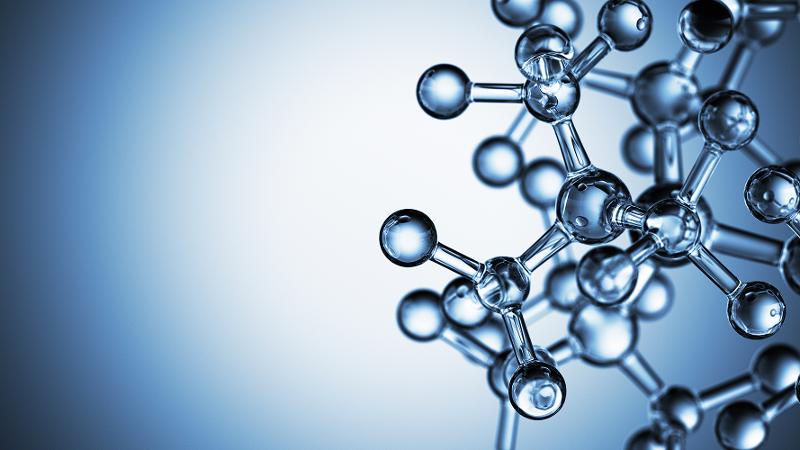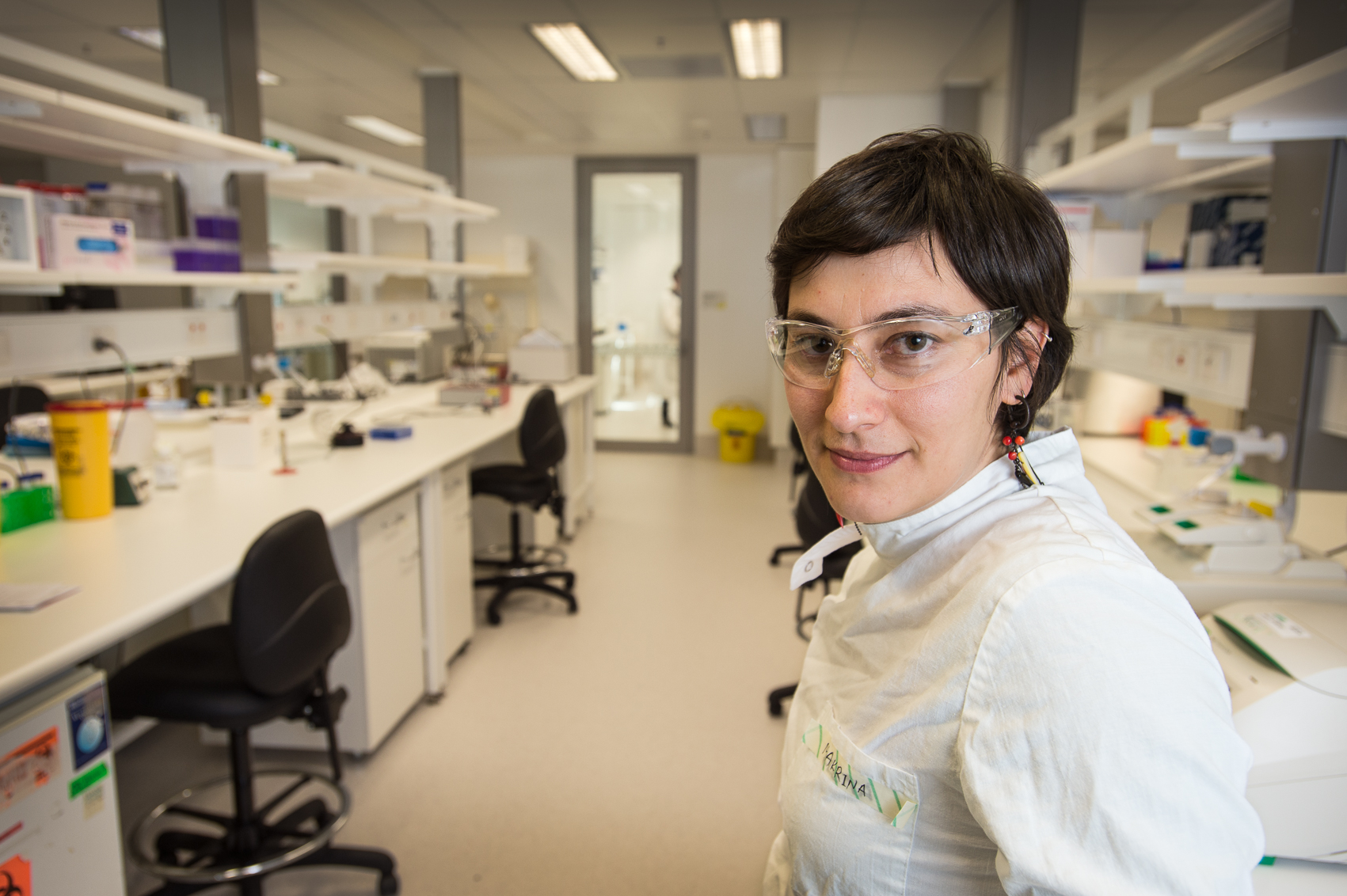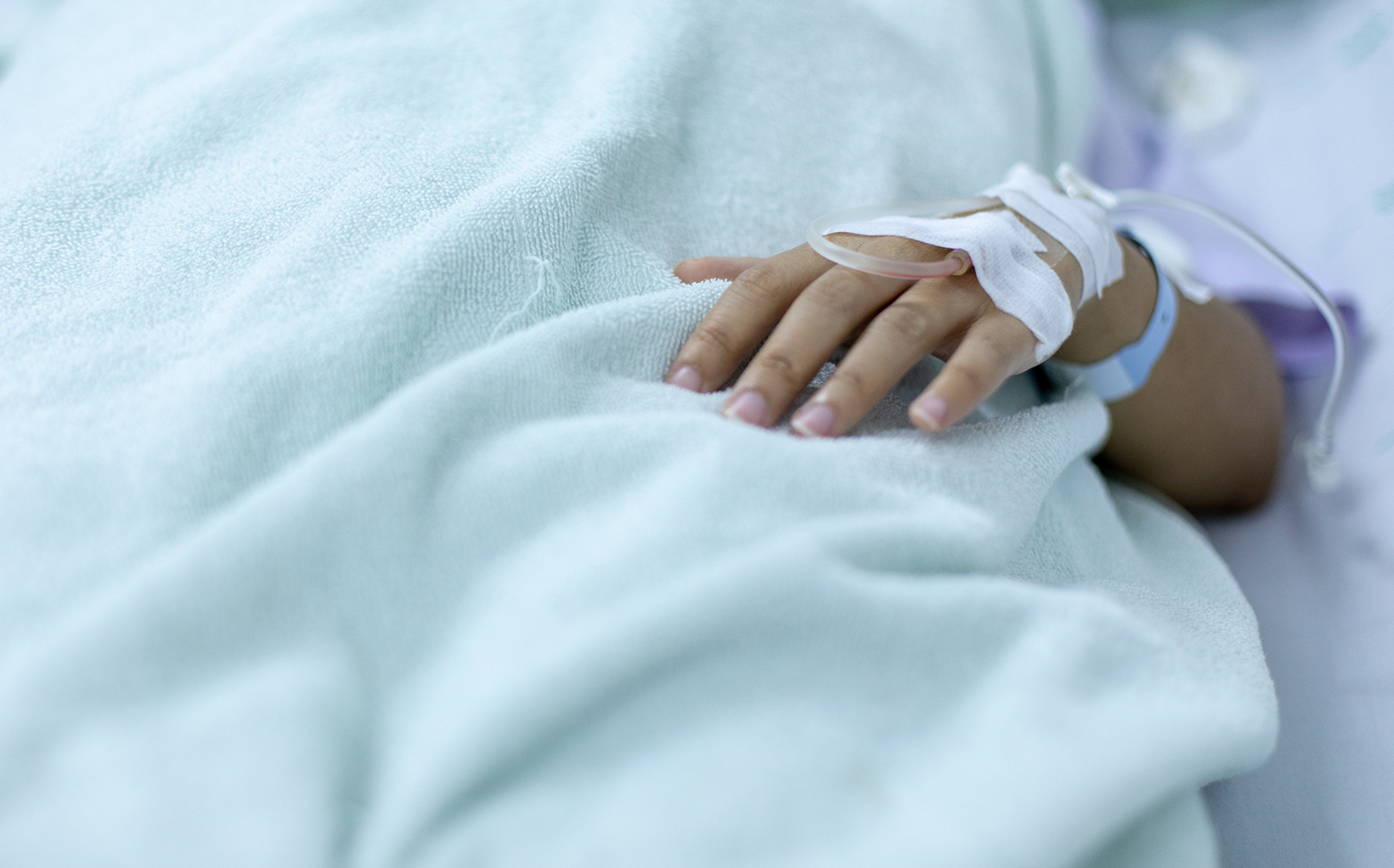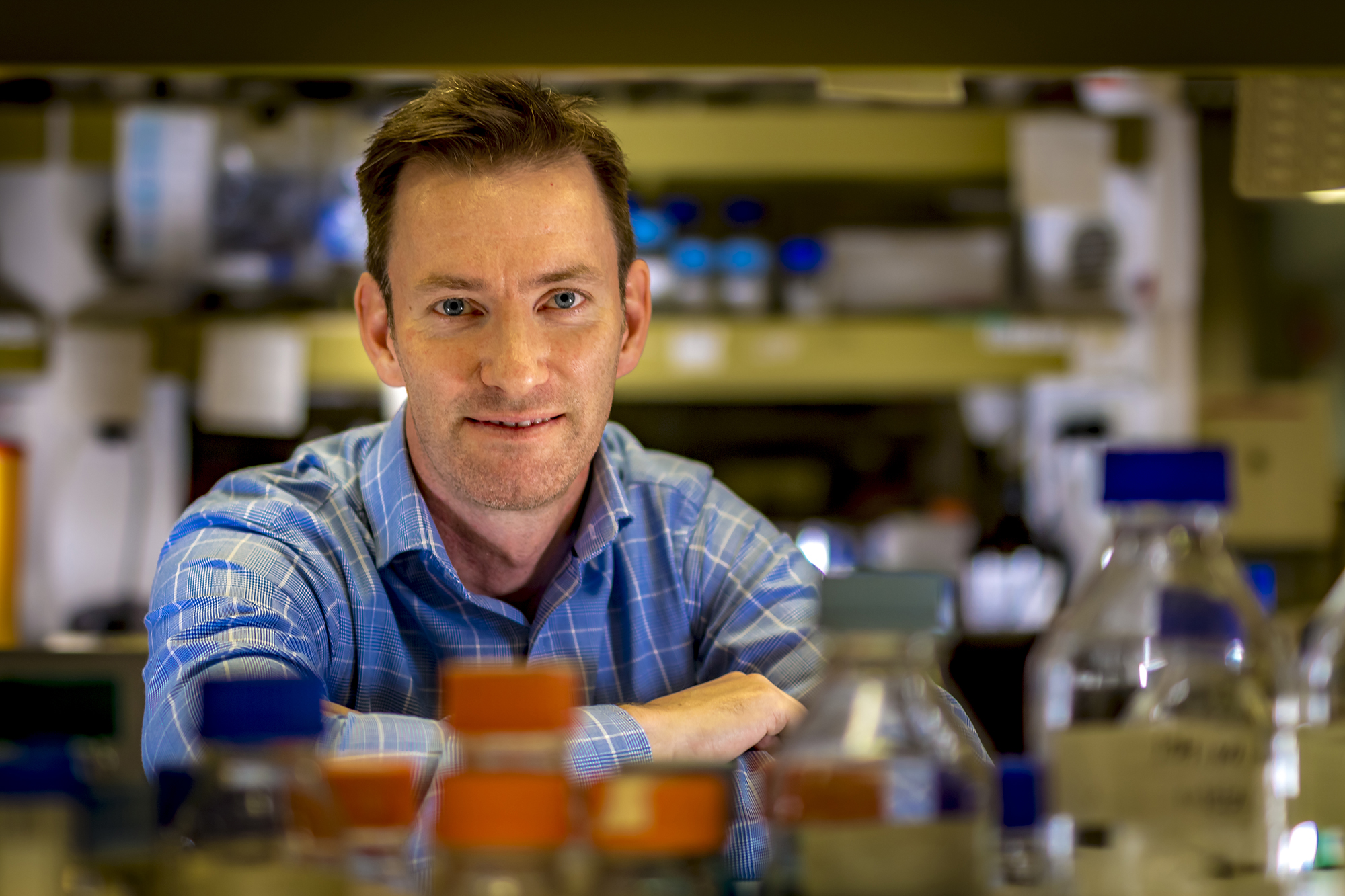
QUT researchers are involved in three collaborative research projects which have received grants from the Metro North Hospital and Health Service Office of Research.
The projects, with funding matched by the university, are among seven announced by Metro North for its early career researchers.
Executive Director of Metro North Research, Professor Scott Bell said, “The grants are an excellent way of building long-term collaboration between clinicians, researchers and academics, and to continually strengthen our research programs, results, and ultimately, outcomes for our patients.”
QUT molecular microbiologist Associate Professor Makrina Totsika and biomedical scientist Professor Mia Woodruff will collaborate with Metro North clinicians Dr Andrew Warwick and Dr Andrew Riddell from Redcliffe Hospital to develop new biofabricated meshes for use in pelvic surgery to treat incontinence and prolapse.

“There have been concerns about synthetic meshes used and possible complications, with some products recently withdrawn,” Associate Professor Totsika said.
“So we are looking at biofabricating meshes from biodegradable polymers that are optimal for application, with the right biological and mechanical properties and balance of structural rigidity and flexibility.
“We are also looking at incorporating antimicrobials to prevent risk of infection and seeding the patient’s own cells into the structure for better integration of the mesh to the patient’s tissue.
“This is an exciting and promising area for application of biomedical technologies and we are very pleased to receive this grant funding.”
Nursing researcher and QUT Visiting Fellow Dr Nicole Gavin and Professor Samantha Keogh, from QUT’s Faculty of Health School of Nursing, will lead a pilot trial with the Royal Brisbane and Women’s Hospital Cancer Care and Medical Imaging Services of a new commercial catheter with a novel perforated design.
Catheters are inserted into a vein to deliver fluids, medications and blood products directly to the blood stream. Most catheters currently in use are a hollow tube design with single entry and exit points.

Professor Keogh said the new type of device is designed to allow fluids into the blood stream via multiple points to minimise the harmful pressure created when fluids are given.
“High pressure injection or infusion through the standard catheter can potentially injure the vein and lead to IV failure,” she said. “We will be testing this new style of catheter’s ability to minimise such negative side effects.”
Professor Keogh said 60 cancer patients undergoing CT scans will be recruited for the pilot study that will establish the feasibility of conducting a larger multi-site trial.
“In a CT scan the contrast media is delivered at high-pressure flow, which generally increases the risk of damage to veins and surrounding tissues,” she said.
“Patients being treated for cancer require many procedures that necessarily involve IV catheters, including CT scanning, so it is important to examine alternative options that may reduce risks and side effects for these vulnerable patients.”
QUT polymer materials scientist Associate Professor Tim Dargaville and mechanical systems researcher Dr Nicole Bartnikowski, from the Science and Engineering Faculty, will work with Prince Charles Hospital nurse researchers Amanda Corley and India Lye to investigate causes of the biofilms that form on the tubes of ECMO heart-lung machines, to inform new ways of re-engineering the tube surfaces to provide a less conducive environment for micro-organism growth.

“These ECMO machines provide support for critically ill patients, with the machine’s cannulae inserted into the patient’s major blood vessels, including via the groin, to circulate the blood through the machine,” Associate Professor Dargaville said.
“However, micro-organisms can live on the cannulae, forming into biofilms that provide a protection for bacteria and resistance to antibiotics, making infections difficult to treat.
“The body also recognises the cannulae as a foreign object and forms sheaths of cells, called neointimas, around the cannulae surfaces to isolate it. It is thought that neointimas encourage micro-organisms to adhere to the cannulae.
“We’re looking at what type of micro-organisms are colonising the ECMO cannulae and where, and the way these form into biofilms and their role in patient infection.
“A lot of the materials used for such machines were created in the 1940s and ’50s. There are potentially more bio-appropriate materials around today.
“So this research will inform ways that the cannulae surfaces could be re-engineered to provide a less-conducive environment for micro-organism growth to reduce infection.”
QUT Media contacts: Karen Milliner, 07 3138 1841 or k.milliner@qut.edu.au
After hours: Rose Trapnell, 0407 585 901 or media@qut.edu.au




